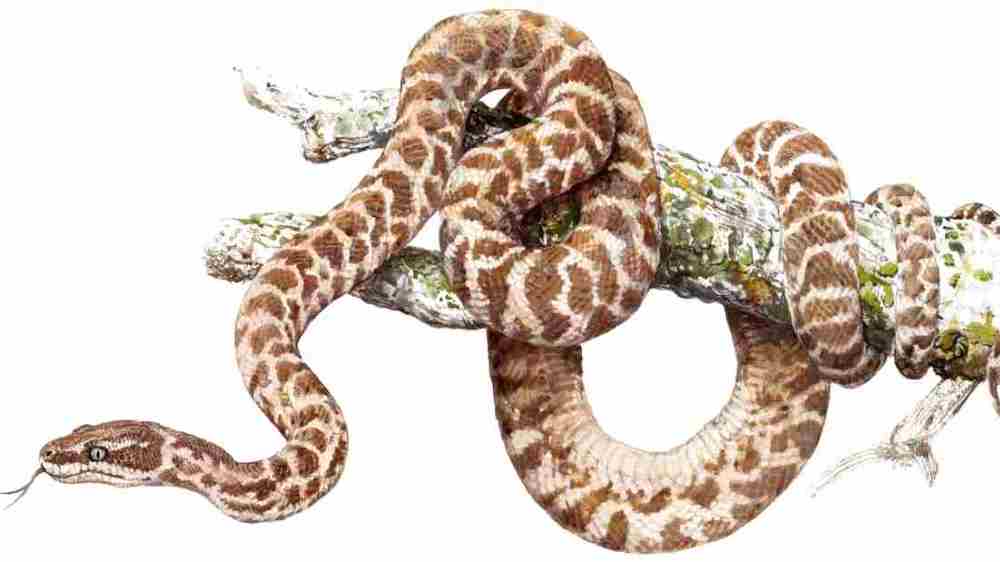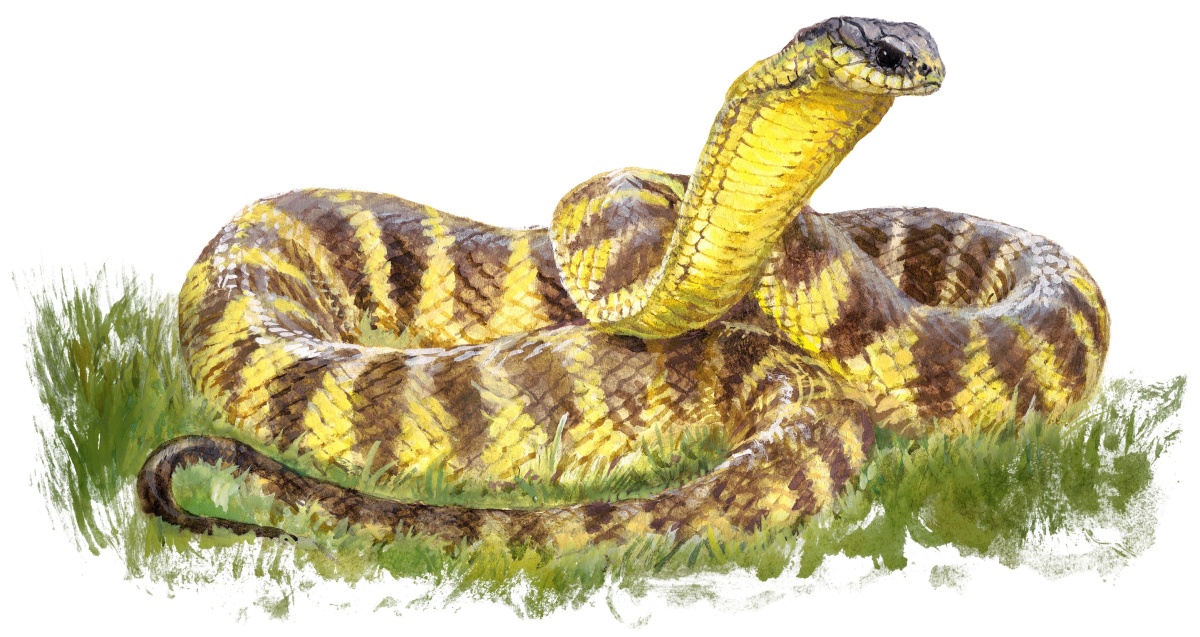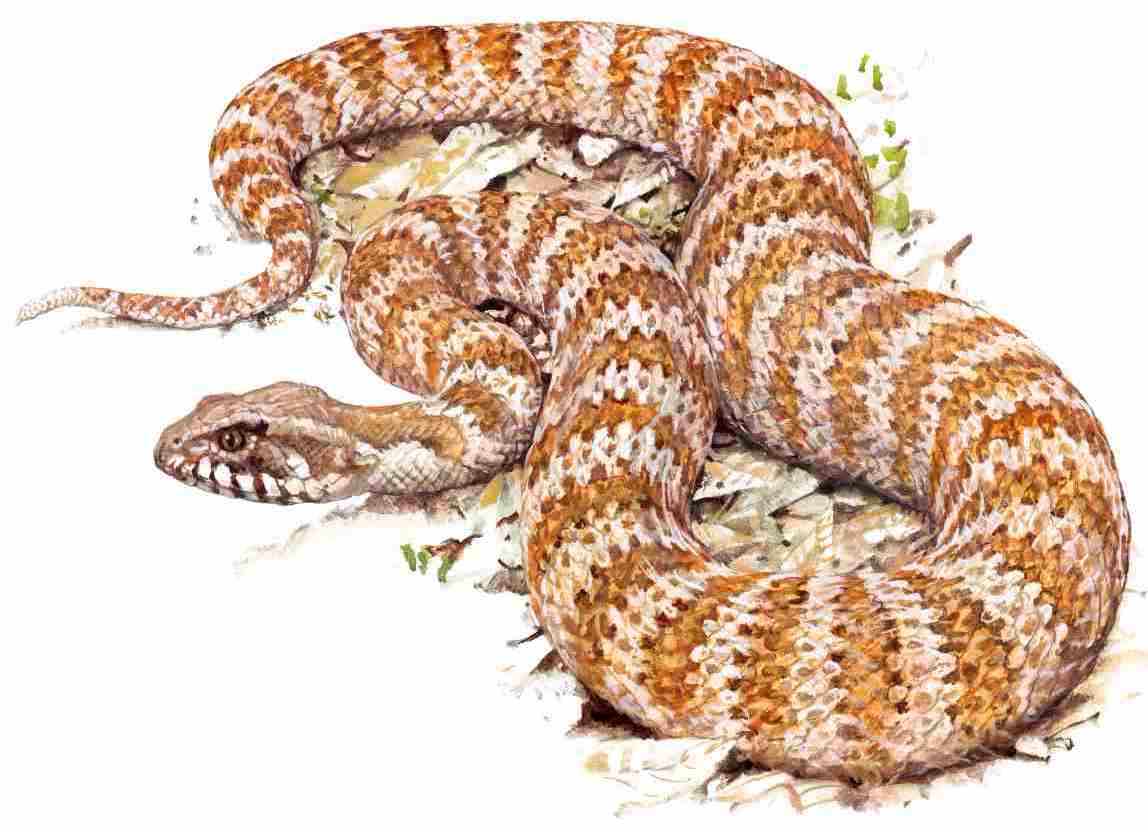Snake continent
Australia is not just the smallest continent and the land of marsupials – it is also a continent of snakes, especially venomous. There are actually more venomous species here than non-venomous ones, which is not found anywhere else in the world.

Rough-scaled python (c) Pavel Procházka
THREE MAIN GROUPS
Australia has no vipers, and there are only a few colubrids. Instead, venomous elapid snakes, inconspicuous wormlike blind snakes and non-venomous pythons that constrict their prey in the coils of their muscular body have evolved into an unprecedented variety of species. Roughly half of all python species are found in Australia!
MUSCLEBOUND SNAKES
Australia is home to 14 species of python, from the smallest land species through medium-sized tree species to more than five-metre giants, which are the longest snakes in their homeland. All overpower their prey in the coils of their body and mainly hunt reptiles, birds or mammals. The care that females devote to their eggs is remarkable: they heat them with their body, not eating during the entire incubation period.
ELAPIDS
Elapids are a diverse group of venomous snakes, including coral snakes, cobras, and mambas. In Australia, they have evolved into many different forms. These include small, slightly venomous species that live in hiding, thickset viper-like ambush predators and large, active and super-venomous species such as brown snakes and taipans. In fact, the most venomous terrestrial snake in the world is found here – the inland taipan.

A TAIL AS BAIT
Particularly interesting snakes that are typical of Australia are death adders. Although they are part of the elapid family, their short, thickset bodies and large triangular heads are more like vipers, and like them, they have large venomous fangs in the front of their mouths. They spend most of their time hidden in leaf litter or brushwood, lying in wait for their prey. Only the distinctive tip of the tail is visible, which curls and writhes around the head to lure prey within reach.









